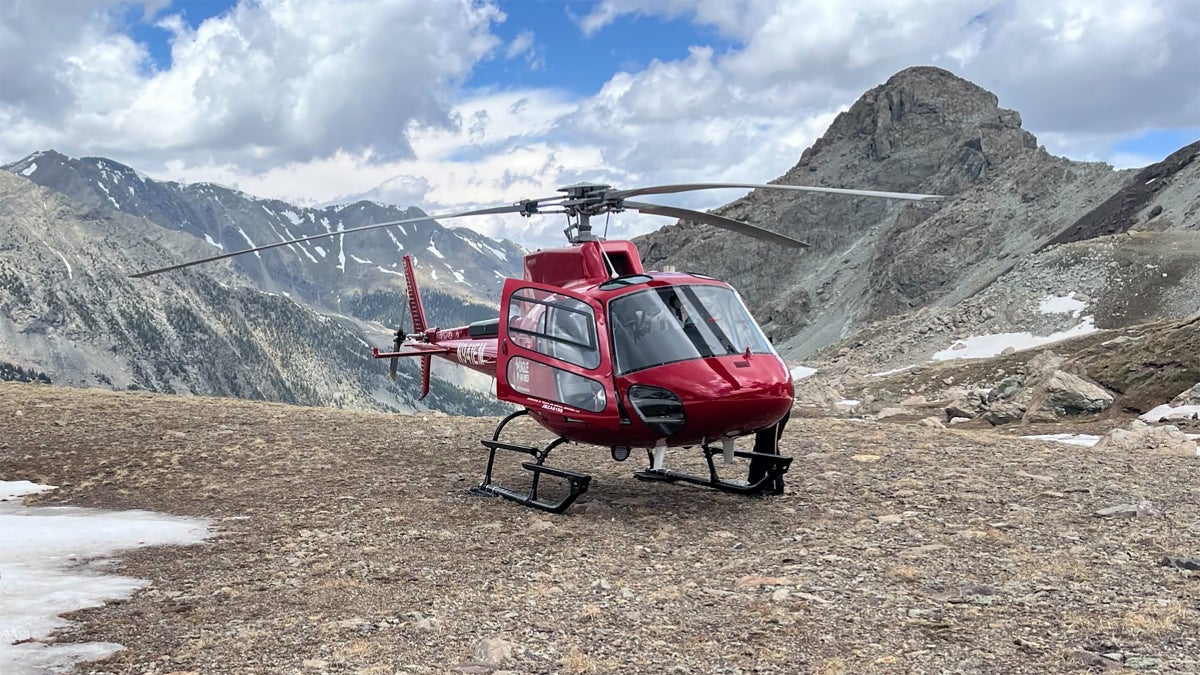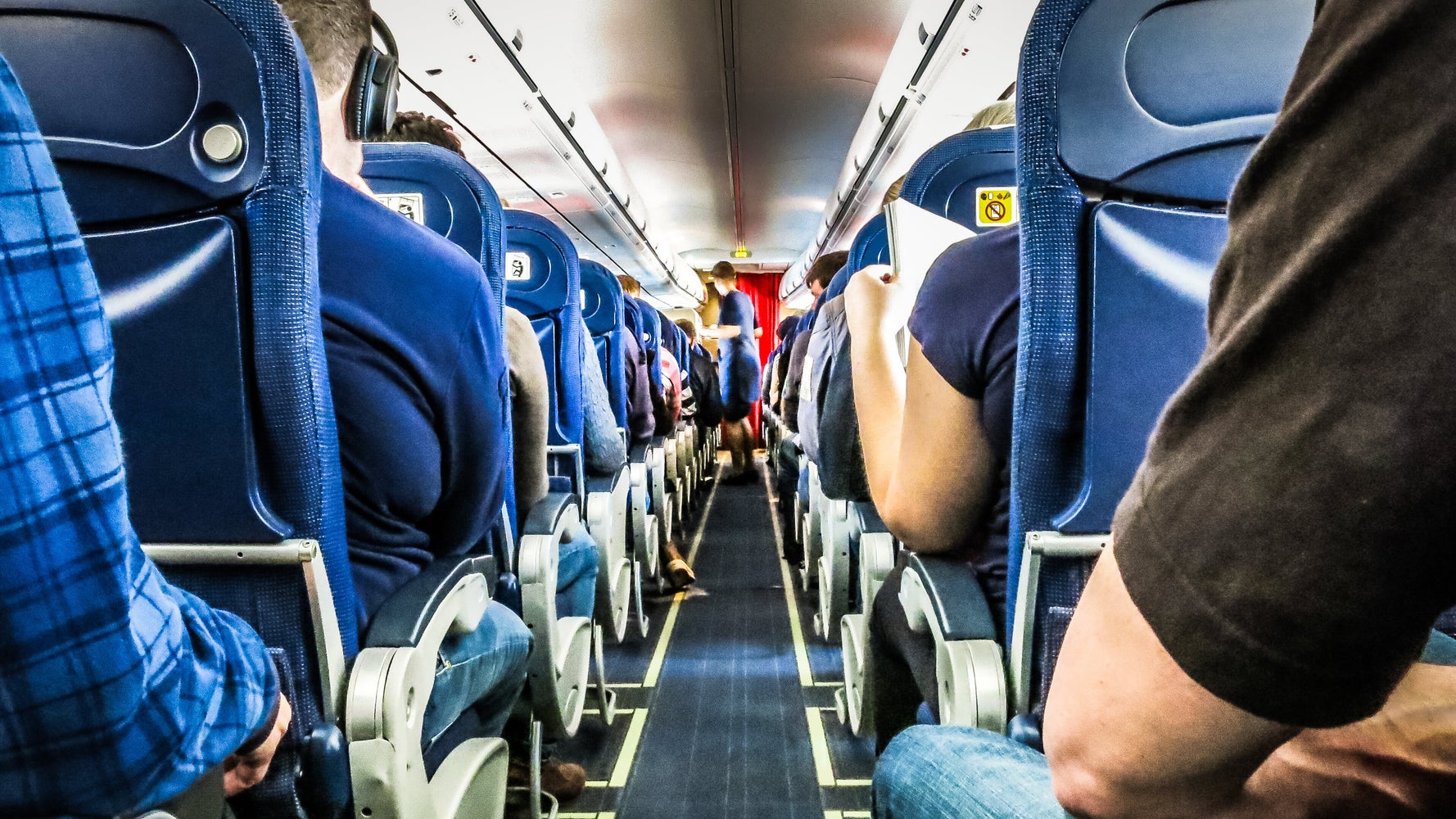
On Thursday, June 5, rescuers in Southern Colorado boarded a helicopter and flew high into the Sangre de Cristo range of the Rocky Mountains.
They plucked a hiker off the southwest flanks of 14,055-foot Mount Lindsey, one of three Colorado fourteeners clustered at the southern edge of the range.
According to an update from Alamosa Volunteer Search and Rescue (AVSAR), the hiker, who has not been identified, “had fallen several hundred feet after a boulder gave way” while ascending the mountain’s northwest ridge, one of the two standard routes to the summit.
The rescue attempt was mobilized shortly after noon, and a search and rescue helicopter managed to reach the fallen climber at 1:20 P.M. Rescuers had extracted the injured climber by 1:40, and determined that “transfer to a local hospital by EMS would be appropriate due to the nature of the injuries.”
Mount Lindsey, located north of the town of Fort Garland is one of the southernmost Colorado fourteeners. It is also one of a handful of the famed peaks that sits on private land. While much of Mount Lindsey’s approach trail is within the Sangre de Cristo Wilderness, the ridge and summit itself are part of billionaire Louis Moore Bacon’s Trinchera-Blanca Ranch, the largest privately owned ranch in Colorado.
Citing liability concerns, Bacon closed access to Lindsey in 2021, and did not reopen it to hikers until this March, after extensive lobbying from a nonprofit, Colorado Fourteeners Initiative, and a 2024 change to Colorado’s Recreational Use Statute, which reduced the liability burden on landowners who allow public recreational access on their property.
Climbers hoping to ascend Lindsey target the peak from the northwest, either via a gully leading up the north face, or by scrambling along the crest of the northwest ridge. Both routes are identical until the final approach to the summit, and are rated Class III.
This means that, although not usually protected via a rope or any other climbing gear, the routes do involve some basic scrambling, and any mistake can be consequential. The northwest ridge route, in particular, entails high exposure and requires navigating a considerable quantity of loose rock.

One commenter on the AVSAR post, Joe Bartoletti, said he met the injured climber on the peak. “I talked to him on his way down around 12,600/12,700 ft, he was ambulatory and it seemed like he would be able to continue on for a while,” Bartoletti wrote. “I went on towards the summit and figured I’d see him again on my way down if he weren’t able to continue on. Saw the helicopter fly in a while later and figured he was getting extricated.”
While far less popular than well-known Colorado summits like Longs Peak and Pikes Peak, which can see as many as 15,000 to 25,000 hikers per year, Mount Lindsey has historically welcomed more hikers—between 1,000 and 3,000 annually—than most of the other peaks in the Sangre de Cristo range.
This is due to its minimally technical route and relatively short trail: a little over eight miles round trip, with 3,500 feet of elevation gain. The mountain is often used by budding peakbaggers as a way to dip toes in the water before attempting the harder peaks in the range, such as those in the Blanca or Crestone group.
Per the stipulations of Mount Lindsey’s re-opening, all parties are required to sign an electronic liability waiver before any hike. There is also a sign with a QR code leading to the waiver at the trailhead, so hikers can sign their waiver on arrival, depending on cell reception. While hiking is allowed, other recreational activities, such as hunting, camping, motorized vehicles or wheeled transport, and aerial drones, are all restricted. The waiver also restricts climbers to either on the northwest ridge or gully route.
“Please remember that the restored climbing access to Mount Lindsey is a privilege that can be withdrawn if people do not follow the rules,” wrote the Colorado Fourteener Initiative in an update on the re-opening. “Being responsible climbers will help maintain access. Violating the rules certainly will send a poor signal, and may result in the peak being closed again.”
The post Rescuers Saved a Hiker on This Colorado Fourteener appeared first on Outside Online.















